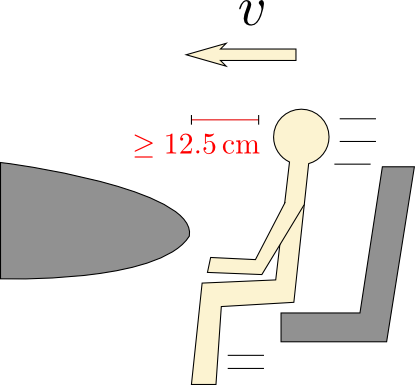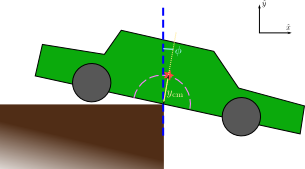Riding on water
Posted by David Zaslavsky on
The Hyneman has a new line to add to his resume:
I kid, of course. Still, the Mythbusters’ demonstration of a motorcycle riding on water in last week’s episode was seriously cool. I have to admit, I didn’t expect it to work! But physics says otherwise — both the experiment, as we saw last week, and as I’m about to show you, the theory.
Underneath all the complicated fluid dynamical effects, a motorcycle can ride on water for much the same reason a speedboat does: it presents an upward slanted surface for water to bounce off of. For a speedboat, that surface is the hull; for a motorcycle, it’s the bottom of the wheels, especially the front wheel. But wheels are complicated. It’ll make things easier to start by examining the behavior of a speedboat-like slanted flat surface as it moves through water.
Conveniently, I’ve already done that calculation. It comes from another episode of Mythbusters a few years back, when they tried skipping a car across a lake. The calculation went like this: water molecules hit the lower surface of the car with a horizontal momentum \(-mv \unitx\) and bounce off in a downward …







